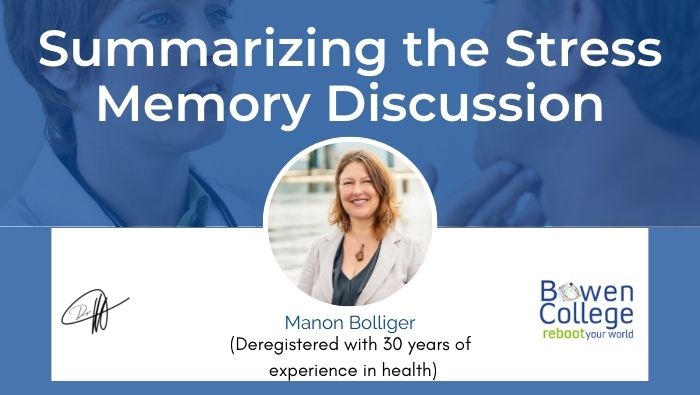The last several posts have explored the biomechanics of stress memory. Reactions to all stressors are stored in memory. As stressors are activated or reactivated, the previously conditioned responses are retrieved from memory, primarily by the hippocampus, which is responsible for storing long-term memory. The hippocampus stores memories that are associated with trauma or stress. When a stressful thought reoccurs, the sympathetic nervous system secretes norepinephrine. This neurotransmitter strengthens the stressful memory and activates the stress response.
In essence, each time there is a stressor similar to a previously stored one, the subsequent stressor reinforces the traumatic result from the first stressor. ( Bloom & Lazerson, 2000) This is what is meant by the phrase that your brain is “conditioned” to react to certain stimulus even if the subsequent stimulus is significantly weaker. Sharing this information with patients and making them understand that this process is “scripted in their body” allows them to become “authors” of their own destiny. Mind-body modalities such as meditation, guided imagery or BowenFirst™ can help affect thoughts and emotions through nervous system integration, thus leading to physiological changes.
Now that we understand this stress memory process, we can apply it to some concrete cases. Beginning with my next post I’ll address the difficult issue of early childhood trauma and chronic disease.









